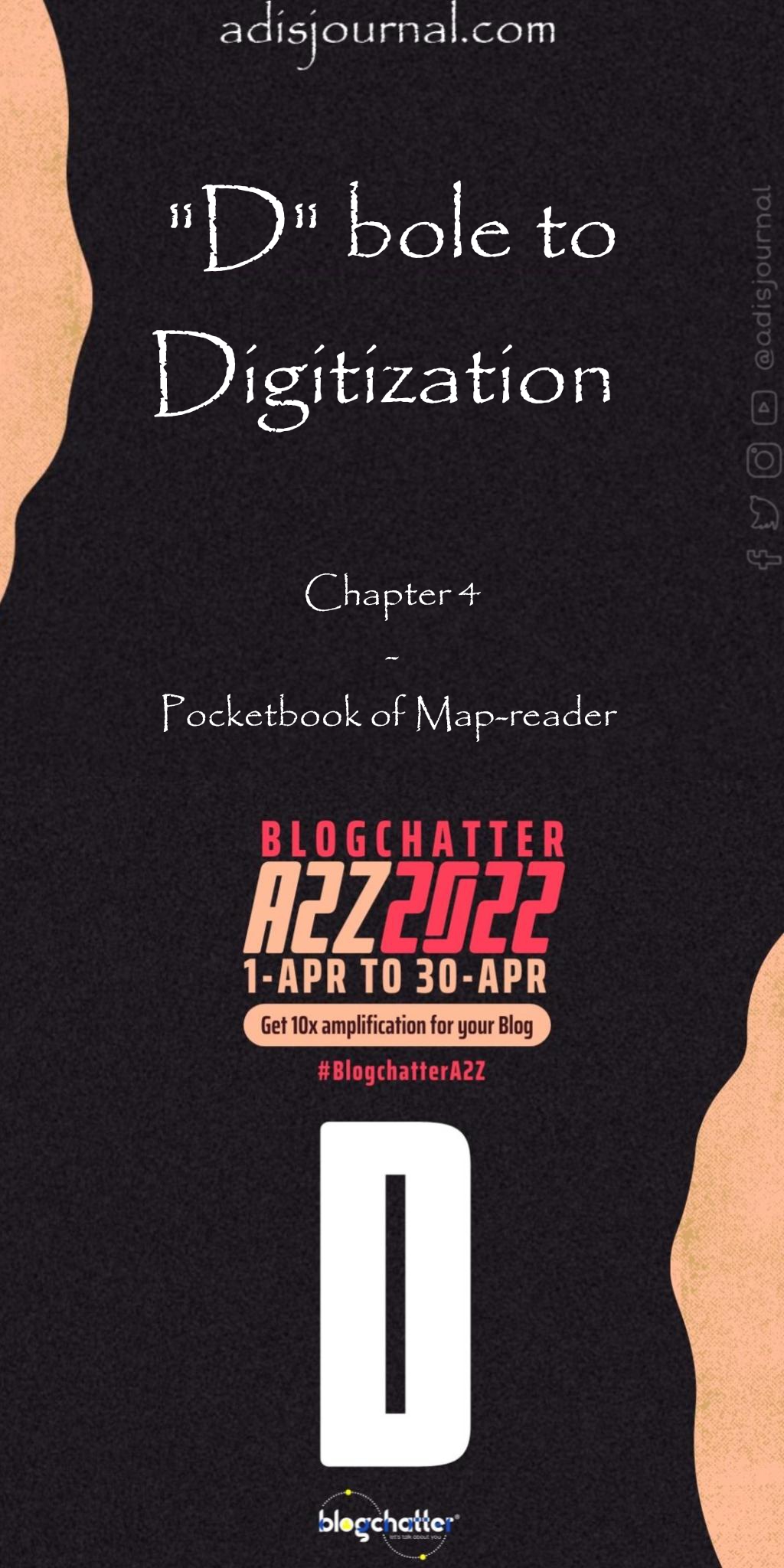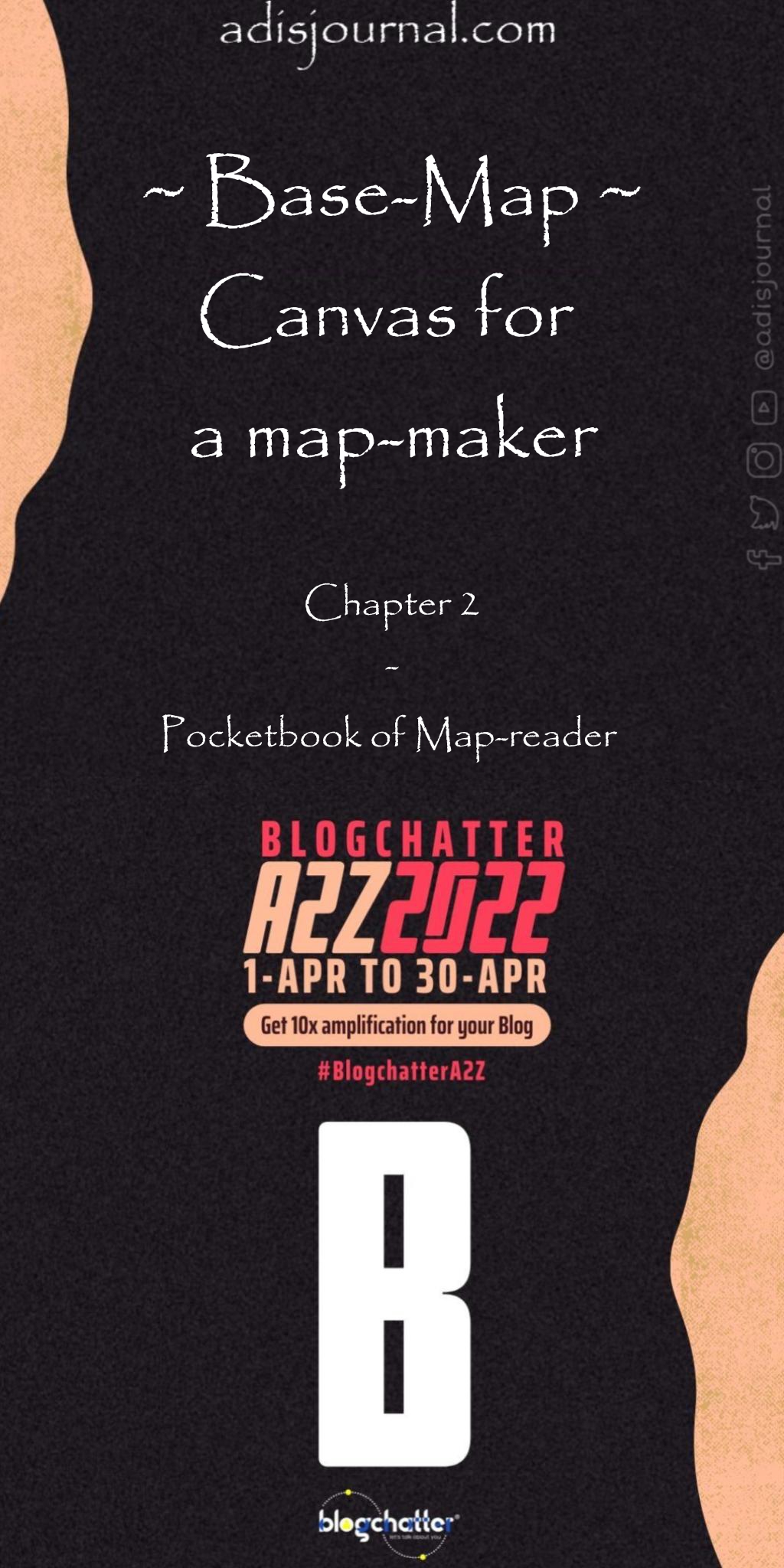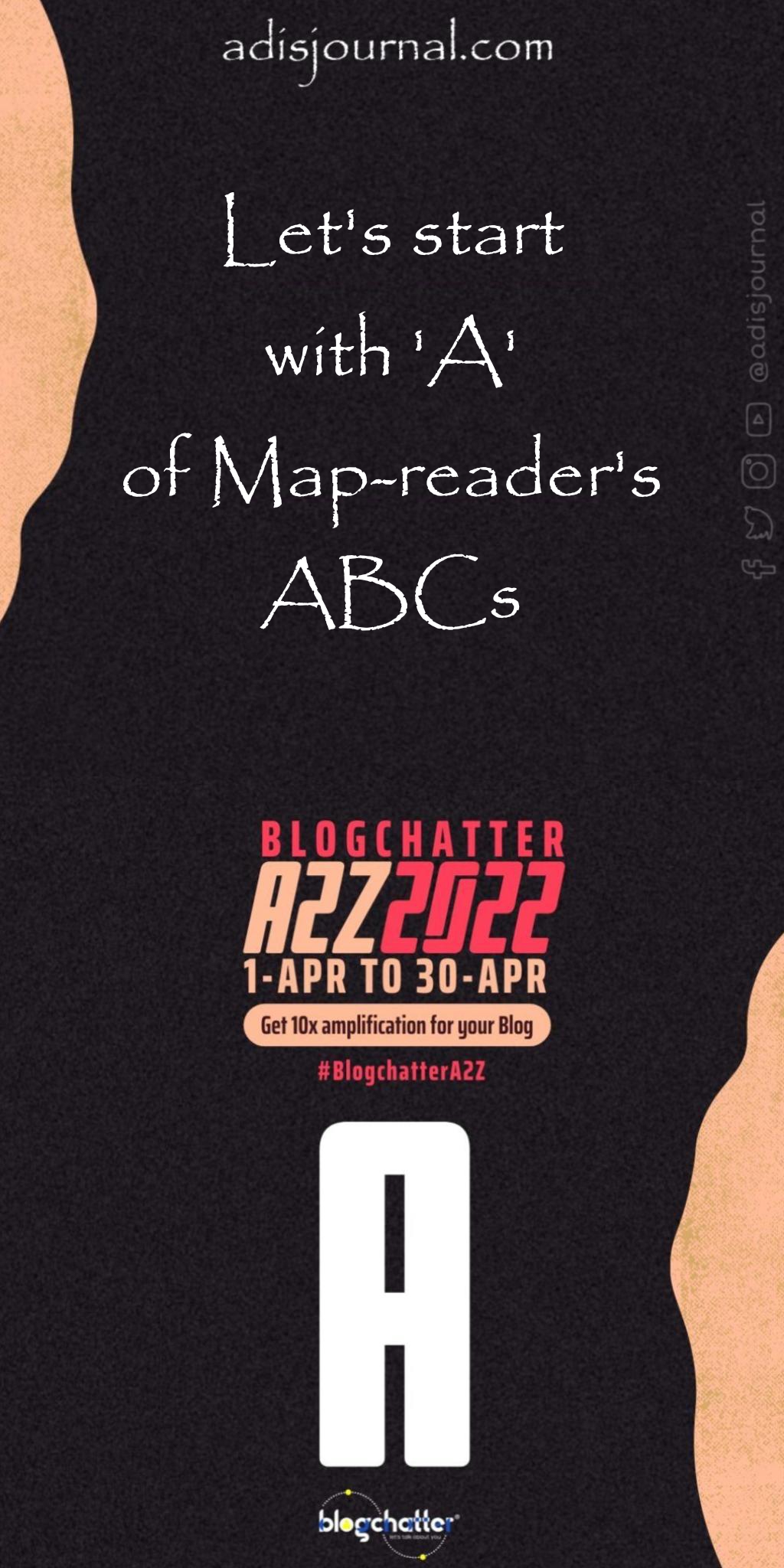
Today, we all rely on gadgets and apps to help us through our day-to-day activities. From keeping our appointments to ordering food, we use hundreds of mobile applications and computer softwares. Widespread internet connectivity on the go has revolutionized the way we live in the twenty-first century. This digital revolution came into cartography (science and art of mapmaking) too and mapmaking saw a change by leaps and bounds. This transformation started with the basic activity of digitization.
What does digitization mean?
New digital platforms and softwares were designed to map maps. But to build this virtual world of online maps, the real world needed to be converted into digital form from old paper forms. This process of bringing old maps into the digital environment is called digitization. Digitization helped mapmakers to bring all the old efforts of their forefathers into the new environment. It helped to keep the body of knowledge relevant even in this new digital era.
How to digitize?
There are two types of digitization of the old paper world. One is to just scan it and store it online to put on the display. Other one needs more work and concentration. Do you remember using tracing papers to trace your favourite artwork or pattern to replicate it? This type of digitization is nothing but the digital tracing. Here, user imports the scanned map / image in a map making software and then traces the various elements meticulously to capture all the details.
When I was studying geoinformatics during my Masters degree, one lab course was about digitization. One of the very tedious task of digitizing a toposheet. It was taxing on the eyes, especially when we were digitizing contours (lines which join the same elevation of the ground) on toposheets. Pune region is especially hilly and undulating putting those contours very close to each other and we often used to start digitizing one contour and unknowingly jump to adjacent contours in between. But all in all, it was a fun exercise, if your file doesn’t corrupt during the process.
It’s fun, when you become “pro”
After my masters, I got a chance to see cities all over the world. I saw Melbourne and Sydney in Australia,Paris, London and Lisbon in Europe, New York and Los Angeles in the USA. No no, I didn’t travel to all these cities. I was working in a company where our team digitized building footprints from various aerial photographs of these cities. Our group of 5-6 guys working in the second shift was famous for getting any complex image processed in record times. We used to get the images to process where others would have failed. I enjoyed this task for some time and left that company for better and challenging opportunities.


However, digitization remains one of the basic tasks of any mapmaking project which has some connection with the historical data. (Which happens almost every time). In the online interactive map shown above I have digitized some of the institution buildings in Pune and around them have created a buffer of silence zone as per the noise pollution control rules. While the static map below shows the village locations, boundaries of Mawal Taluka of Pune District digitized from census 2011 maps.
So, hope you enjoy the hard work done by some of us in the form of navigation systems of your cars or phones. (Bas google navigation ki galti ki galiya hame mat dijiye…)
I’m participating in #BlogchatterA2Z. You can read my other posts about maps and map-reading here.


















